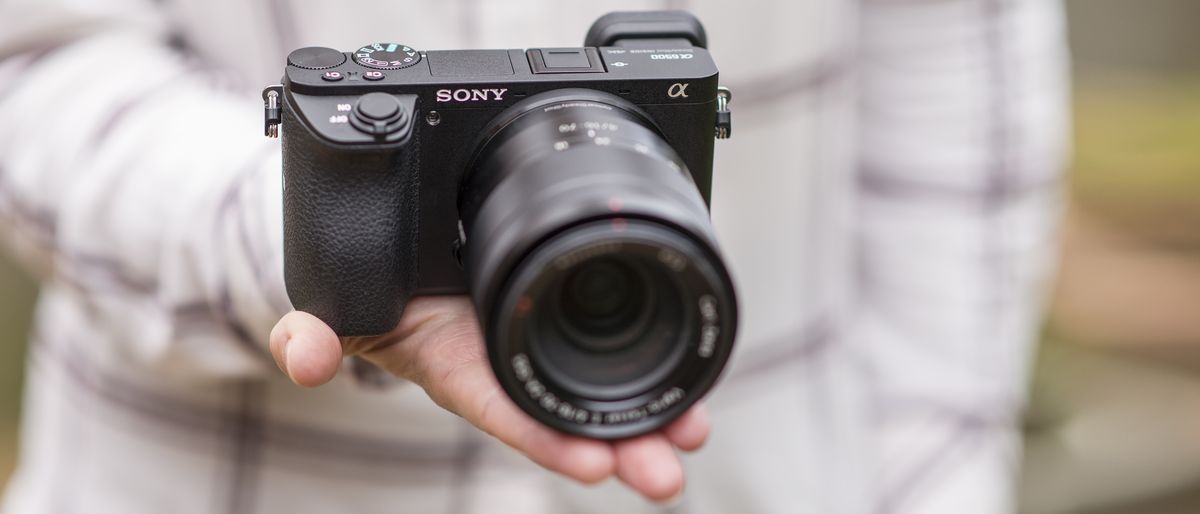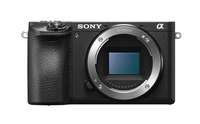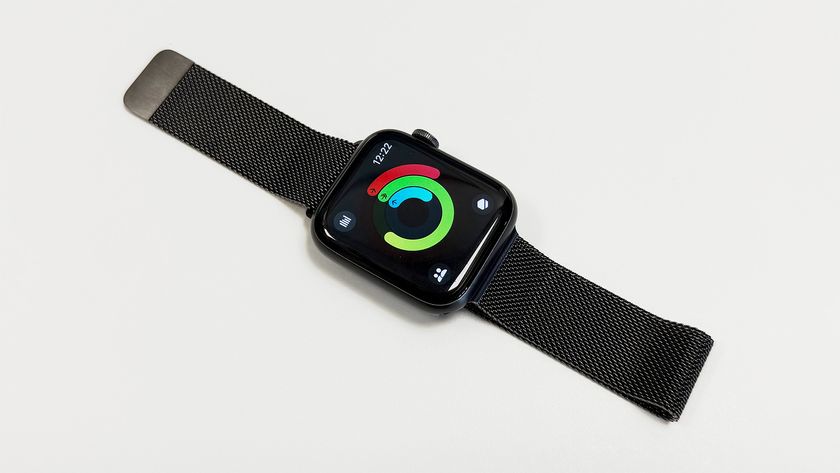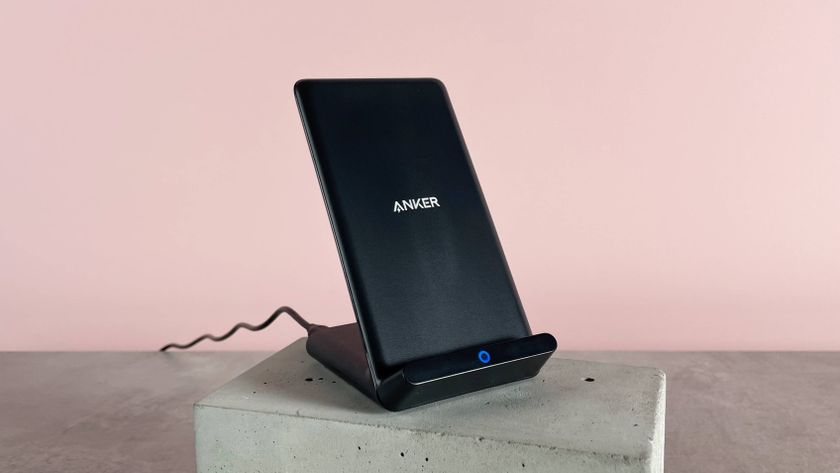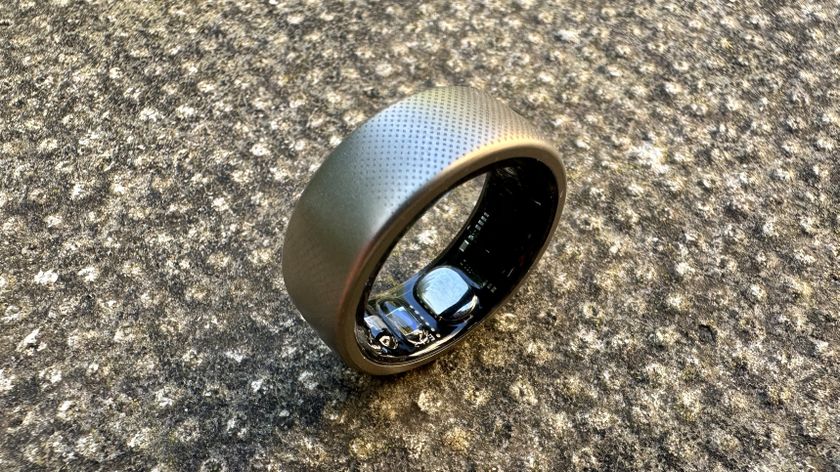TechRadar Verdict
In-body image stabilization finally comes to the Sony APS-C flagship. Add bucketloads of buffer and a touchscreen, and the A6500 arguably surpasses Sony’s A7 Mark II.
Pros
- +
Lightning-quick AF system
- +
Respectable buffer capacity
- +
Expansive video options
Cons
- -
Dim rear LCD
- -
Noticeable rolling shutter
- -
Still lacks a headphone port
Why you can trust TechRadar
The Alpha A6500 is Sony's flagship APS-C mirrorless camera, and boy does it pack a lot of tech.
Sony left it just six months before updating the Alpha A6300 with the A6500, but while this might sound like a premature update, the Alpha 6500 gains a number of key features, including in-body image stabilization to further blur the line between Sony’s APS-C lineup and its Alpha 7 full-frame range of mirrorless cameras.
Sony A6500 body | £1215 £649 (inc. £300 cashback) at Amazon
The A6500 sits at the top of the tree in Sony's APS-C series of mirrorless cameras, and it's a particularly strong camera for tracking moving subjects and video. And this strikingly good deal sees its asking price almost halve; just pay £949 today and claim a further £300 cashback from Sony to knock that down further to just £649. Given its £1,500 RRP, that's pretty damn good.
Sony has also equipped its new camera with a greatly enhanced buffer to make it a tempting proposition for shooting action, while there's also the welcome addition of a touchscreen interface. The inclusion of these new features makes the A6500 one of the most fully featured crop-sensor cameras on the market right now.
Features
- APS-C CMOS sensor, 24.2MP
- 3.0-inch, vari-angle touchscreen, 921,000 dots
- 4K video capture
While the Sony A6500 sticks with the Alpha 6300’s 24.2MP APS-C sensor and 4D focus system (with 425 phase detect AF points), there are welcome improvements elsewhere.
It’s notably the first Sony APS-C camera to come with 5-axis in-body image stabilization, just as we've seen with Sony's second-generation Alpha 7 series of cameras like the Alpha A7R II. And the great news is that this not only works with Sony's non-stabilized optics, but can be used in conjunction with Sony's OSS stabilized lenses.
Sony has also overhauled the buffer of the A6500, delivering a considerable boost in performance that sees the camera capable of capturing 307 full-size JPEG files or 107 raws, all at a quick 11fps burst rate – quite an improvement from the A6300's 44 JPEG and 22 raw limit.





That's still a far cry from the Nikon D500's bottomless 200-raw buffer, but it beats out most cameras – including absolutely crushing the Canon EOS 7D Mark II's buffer capacity of 31 raw files.
A faster large-scale integration (LSI) chip and image processing algorithm improve texture reproduction while reducing noise. With this new chipset and code, the A6500 specifically produces less noise in the mid-to-high portions of the camera’s ISO100-25,600 (expandable up to ISO51,200) sensitivity range.
The Alpha 6500 also gains a touchscreen (though resolution remains at the same 921k-dots), allowing you to change your focus point on the fly, which can be really useful when shooting video.
Likewise, there's the same XGA OLED Tru-Finder, with a 2.36-million dots resolution and 120hz maximum refresh rate, as on the A6300, although the eye cup is a little softer.
While the Sony Alpha A6500 gains no additional video capabilities over its predecessor, it basically comes with everything the videographer could want.
You have 4K (3840 x 2160) at 25p and 30p recording in a Super 35mm format. In this mode, the camera uses its entire sensor to capture 6K source to avoid cropping. The oversampled video data is then crunched down to a final 4K output with enhanced depth and detail.
Full HD recording is also available if you want to deal with smaller files, and the option to go up to 120p means you can capture slow motion video.
Video professionals will also be glad to hear that the Sony A6500 samples 4K footage at 4.2.0 internally and 4.2.2 externally over HDMI. Plus it has all the flat picture profiles you would want for grading footage later.
Despite the wealth of video features, we're disappointed to see that, as on the A6300, there's no headphone jack on this camera. In order to monitor your audio you'll need to keep a close eye on levels on-screen, or plug in an external monitor with an audio-out.
Phil Hall is an experienced writer and editor having worked on some of the largest photography magazines in the UK, and now edit the photography channel of TechRadar, the UK's biggest tech website and one of the largest in the world. He has also worked on numerous commercial projects, including working with manufacturers like Nikon and Fujifilm on bespoke printed and online camera guides, as well as writing technique blogs and copy for the John Lewis Technology guide.
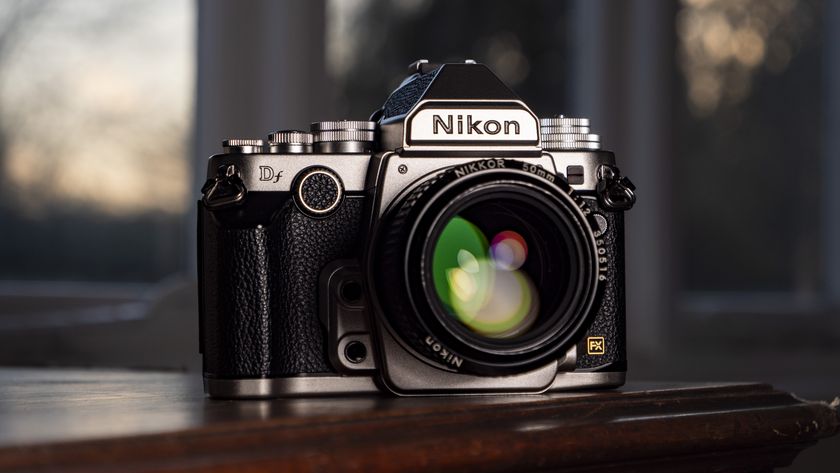
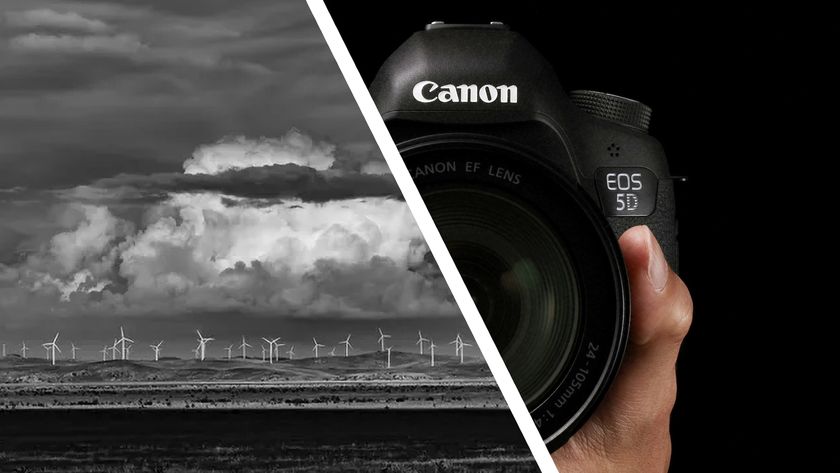
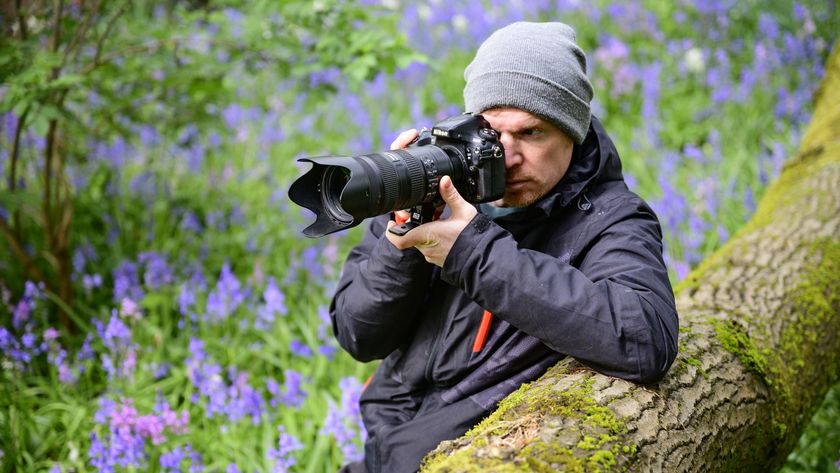

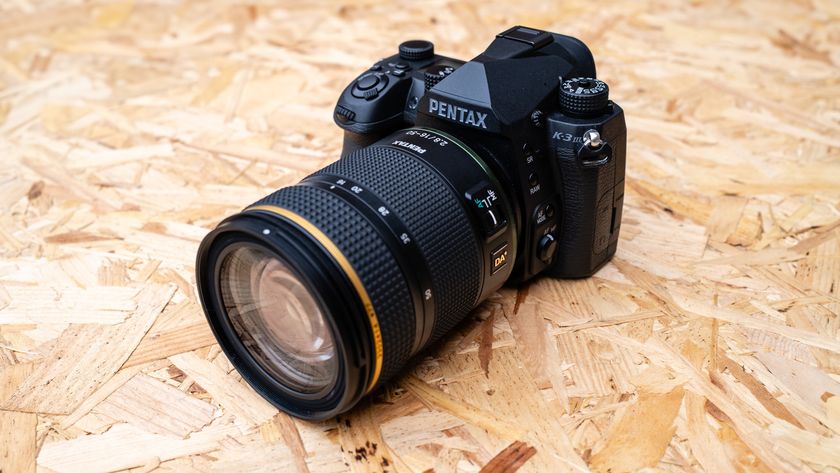
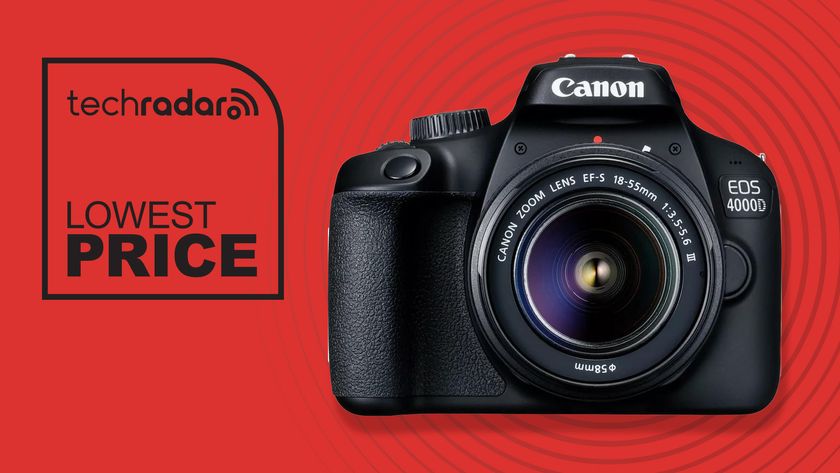




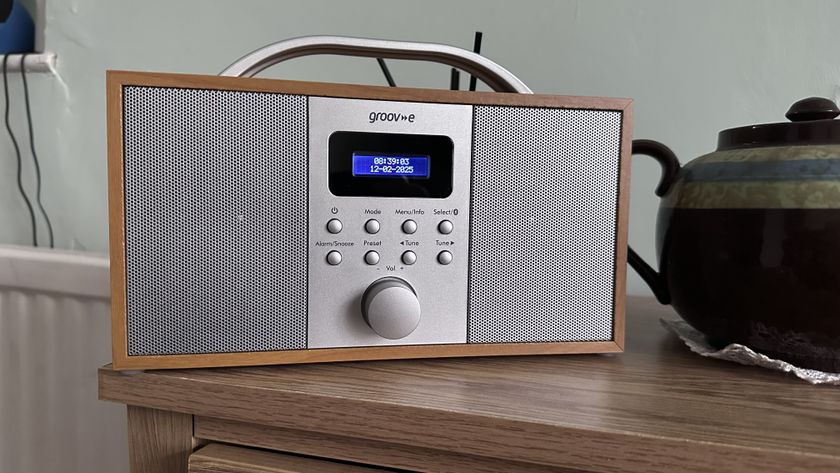


I tried Gemini's new AI image generation tool - here are 5 ways to get the best art from Google's Flash 2.0
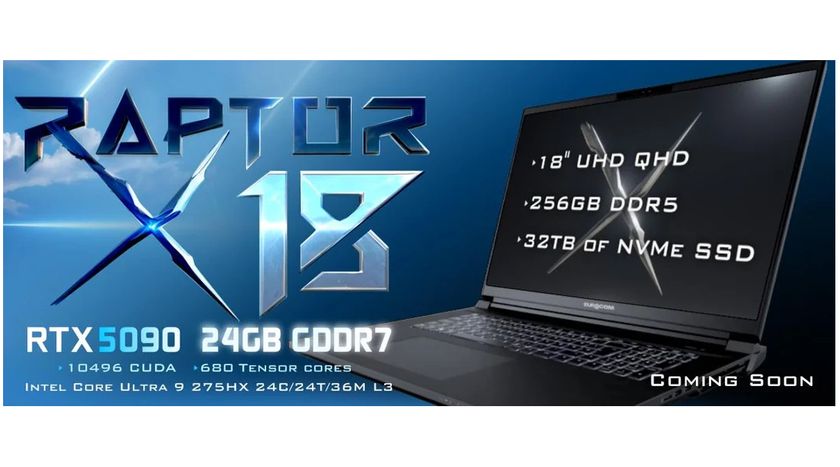
At $15,000, this massive 256GB RAM laptop makes Apple's MacBook Pro look affordable, tiny and very, very slow
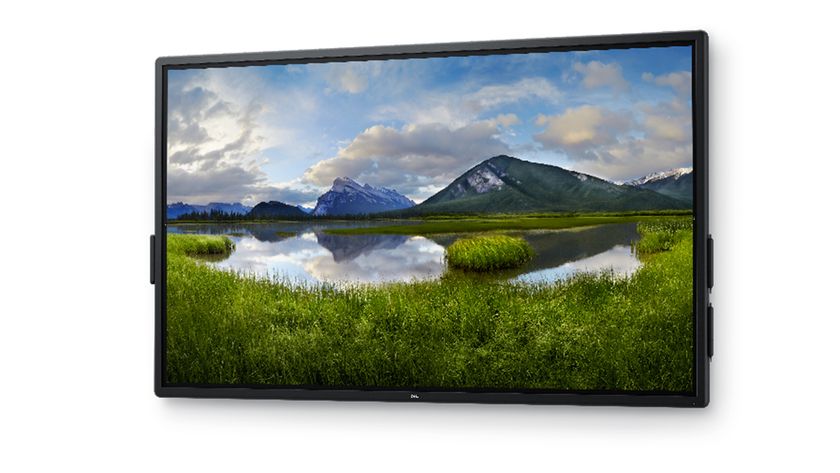
Dell just launched a $4,000 75-inch 4K touchscreen display - but I've found one rival that's 50% cheaper
